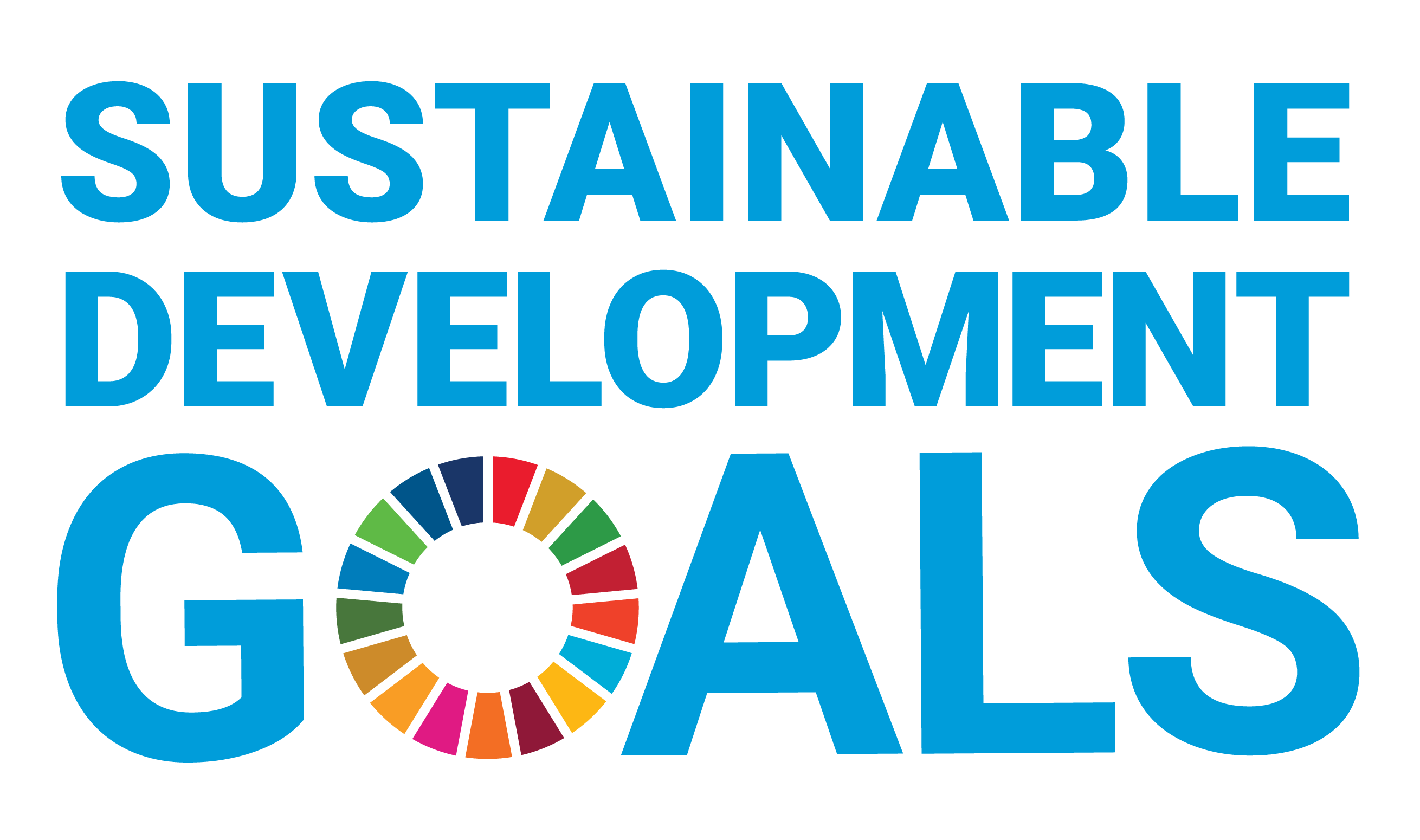Document Type
Article
Publication Date
1-31-2022
Abstract
Recent studies have described a direct relationship between the illegal wildlife trade (IWT) and the prevalence of zoonotic pathogens in human populations. In the Philippines, the Philippine Integrated Disease Surveillance and Response (PIDSR) framework outlines the monitoring, response, and management of disease outbreaks, but needs to be updated in the wake of zoonoses from IWT. Here, we identified zoonotic pathogens that may be introduced to human populations through the IWT, pinpointed potential outbreak hotspots, and provided recommendations on how to improve the Philippines’ public health response while considering One Health. Using seizure data from the Biodiversity Management Bureau (DENR-BMB) covering the period from 2010 to 2016, we found that birds (32.3% of volume) and reptiles (63.3% of volume) were the most frequently seized by law enforcement in terms of incidence and volume. About 54% of seized wildlife could potentially host zoonotic pathogens with bacteria (78.3%), protozoa (34.8%), and viruses (27.5%) being the most represented pathogen groups. Three cities in Metro Manila together accounted for 30% of all seizures in the country followed by Palawan province which accounted for about 28% of seizures. Of the twelve epidemic prone diseases identified in the PIDSR, five diseases were found to have causative agents that could potentially be hosted by the traded wildlife. These findings will not only enhance the approach to surveillance in the PIDSR but will also aid in identifying opportunities to improve policies on agriculture and food security, public health and disease surveillance, and biodiversity conservation.
Recommended Citation
Lee, M. A. G., Valeza, V. J. S., Yan, J. P. H., & Cruz, R. A. L. (2022). Zoonotic pathogens from illegally traded wildlife justify adopting the One Health perspective in disease response. Philippine-American Academy of Science and Engineering, 15(1), 1–16. https://scienggj.org/2022-1/
Included in
Animal Sciences Commons, Biology Commons, Diseases Commons, Environmental Policy Commons, International Trade Law Commons, Public Health Commons



